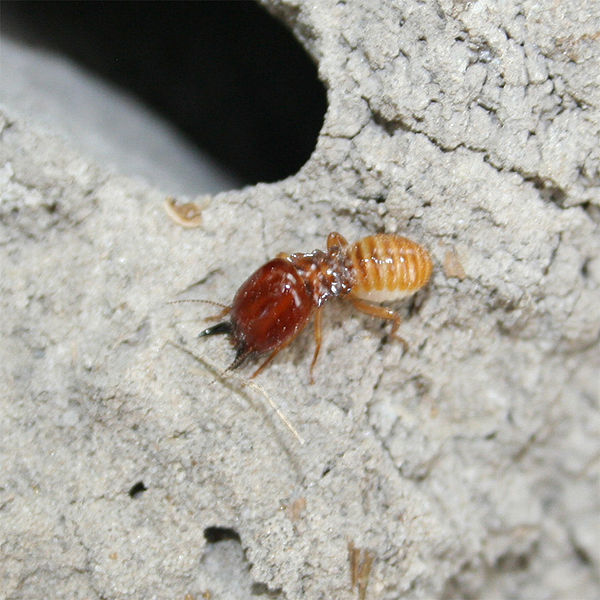About Dampwood Termites
The name “dampwood” isn’t just a coincidence, dampwood termites are insects with a special liking for damp decaying woods. These species of termites are located around places with either fallen trees or decaying logs of wood. Dampwood termites share several similar features with subterranean termites, but they are much larger than them.
Do you need to know more about dampwood termites so that you will be able to identify them without any kind of difficulty? Right here, we will be taking you through some of the key things you need to know about dampwood termites. This will cover their appearance, behavior, life cycle, and habitat.
Appearance
The appearance of dampwood termites varies according to the caste of the termite in the colony. In a dampwood termite colony, we have 3 major castes of termites, each with their unique roles in the colony. These include the swarmers (winged dampwood termites), the soldiers, and the immature termites whose primary role is to take care of the colony.
To differentiate dampwood termites from other types of termites and identify each caste within a colony of dampwood termites, let’s take a look at some of their most obvious physical features.
- Size – When it comes to size, dampwood termites are considered one of the largest termites in North America. However, they have the smallest colony of termites. The king and queen in a colony of dampwood termites are about one-half to five-eighths of an inch. The nymphs and the soldiers are about five-eighths and three-fourths of an inch in length respectively. Their large size makes them an easy target for predators.

- Color – Generally, dampwood termites are brown. But their coloration can also range from light brown, dark brown, and reddish-brown. The change in coloration is more noticeable around their abdominal region. On the other hand, the nymphs of dampwood termites are usually creamy in color.
Behavior
Unlike their cousins drywood termites, dampwood termites need an environment with high humidity and frequent contact with water to survive. Dampwood termites don’t tube for shelter. The space within the wood they are consuming is enough for them to live. To make their environment more conducive and increase the level of humidity, they infest the surroundings of the wood with fecal pellets. With this cryptic behavior, they can infest woods and stay unnoticed for years. Dampwood termites secrete several digestive enzymes which they use in digesting wood easily in order to absorb the cellulose.
Life Cycle
Just like other species of termites in different parts of the world, dampwood termites also undergo incomplete metamorphosis before maturity. The stages of dampwood termites can be divided into the egg stage, the nymph stage, and the adult stage. The first two stages are considered the longest and it usually takes a month each. During these stages, the sterile termites fend for them and take care of all their needs.
The colony of dampwood termites is usually small. As a result of this, swarming occurs regularly compared to other species. Their sheer large size does not support the multitudes of termites.

Habitat
To survive, dampwood termites need regular contact with water and a relatively high degree of humidity. As a result of this, there is a limit to the environment they can live in. Despite the need for this kind of environmental condition, dampwood termites don’t nest in the soil. Instead of nesting in the soil, they usually look for damp wood with high moisture content. Although in most cases, the wood might be partially buried underground.
Apart from damp wood or wood with suspected high moisture content, dampwood termites can also be found in rotting planks, baths, wooden roofs, and other wooded areas with low ventilation.
